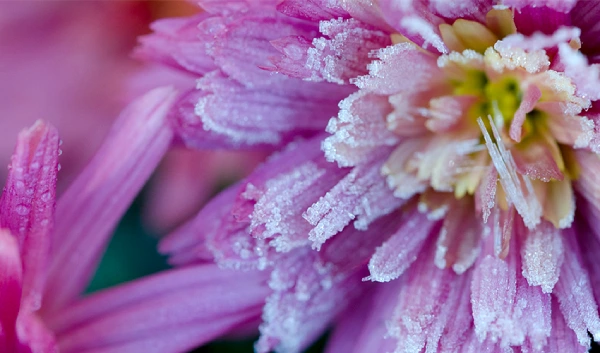
The Grounds Guys share essential tips to prevent frost damage to plants.
|
In addition to finding effective solutions to combat weeds, pests, and other concerns, gardeners must consider all aspects of weather, including frost. Here are some great tips on how to prevent frost damage to plants from the landscape experts at The Grounds Guys®.
Table of Contents:
What is Frost?
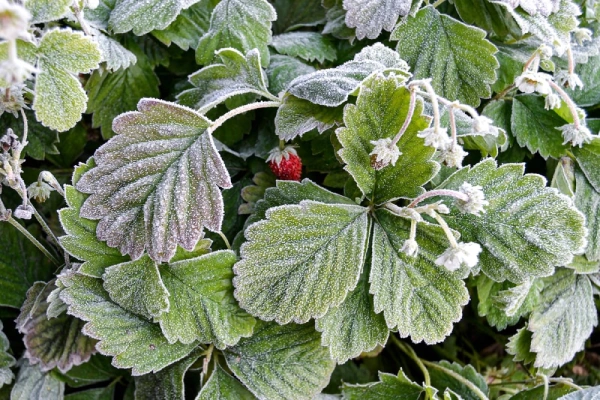
Frost is most likely to occur during a still, cloudless night as outdoor temperatures near freezing. With little to no wind the cold air sinks closest to the ground, and as vapor condenses from the air and settles on plant material, ice crystals are formed. Light frost can happen at temperatures below 40 degrees Fahrenheit and a frost advisory is typically issued in the spring or fall when the forecast is expected to be anywhere between 36 and 32 degrees Fahrenheit.
How Does Frost Affect Plants?
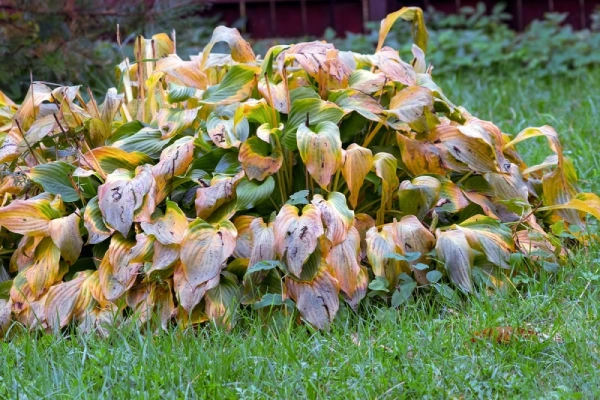
Not all plants are susceptible to frost damage, but tender spring blooms, potted plants, sensitive fruits, vegetables, and perennials are all particularly vulnerable. Most established plants and some early blooms may be able to withstand a few hours of a light frost with little or no injury, but the longer the duration and the lower the temperature, the greater the risk.
Frost damage isn't always immediately apparent, but signs to watch for include:
- Outer leaf growth is wilted
- Leaves are droopy
- Color changes, most noticeably black or brown patches
- Dead or dying leaves
Resist the urge to perform immediate repairs, using these tips to revive your frostbitten plants.
Tips for Preventing Frost Damage to Plants
Frost damage is most likely to occur in early to late spring and well into the fall once overnight temperatures become unpredictable. Follow the weather forecast and watch for signs that frost is imminent including clear, calm skies, and falling afternoon temperatures. Prepare your garden and protect your landscape from colder weather with these tips:
Short Term Frost Protection
Options for temporary protection during periods of early or late frost include:
Cover Up
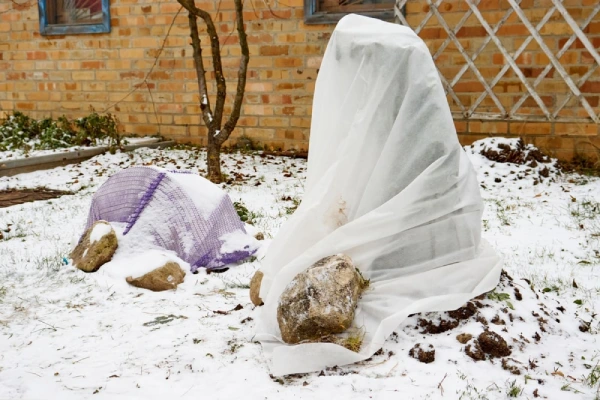
Use a lightweight cloth such as a bed sheet, commercial frost cloth, or burlap plant cover to prevent the cool night air from coming in contact with sensitive plants, avoiding the use of plastic which can trap moisture and lead to more severe damage. Around sunset, drape the fabric loosely over the plants and anchor the excess fabric using rocks or bricks to prevent it from blowing away. Cover seedlings or young plants with plastic or glass domes, flower pots, or buckets to insulate them from the cold.
Head Indoors

Bring vulnerable container plants indoors during colder weather and place them away from heat sources such as furnace vents or fireplaces.
Add Water
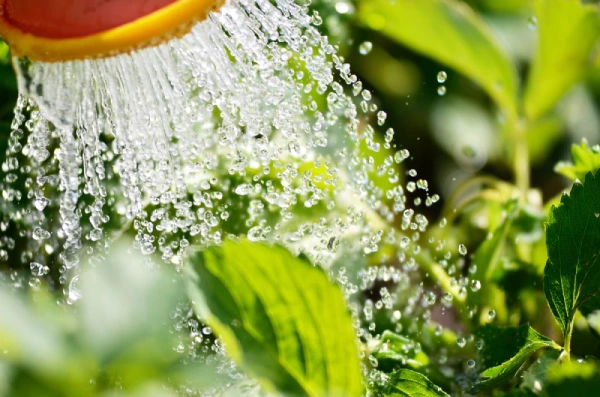
A plant that is well-hydrated can more easily withstand the effects of a light frost, as the water within the soil and the plant cells retain heat. Saturate the soil early in the day to allow plenty of time for absorption.
Long Term Frost Protection
Consider these options to protect your plants over the winter months during periods when temperatures steadily hover near or below freezing:
Wrap Your Plants
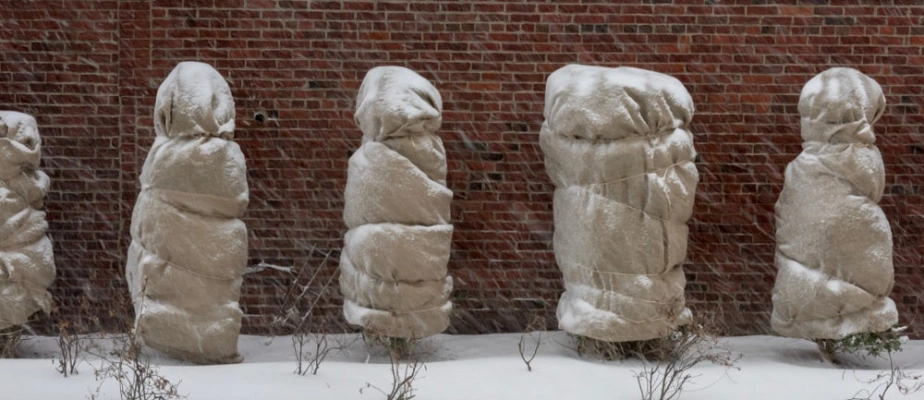
Newly planted trees and shrubs, and flowering plants such as azaleas and rhododendrons may benefit from being wrapped in burlap throughout the winter. Place wooden stakes around the perimeter of the plant and wrap them in a double layer of burlap, affixing the material to the stakes with staples.
Contact the Landscaping Experts at The Grounds Guys®
Contact The Grounds Guys® today to learn more about how to prevent frost damage to plants or to request an estimate for commercial or residential landscaping services.